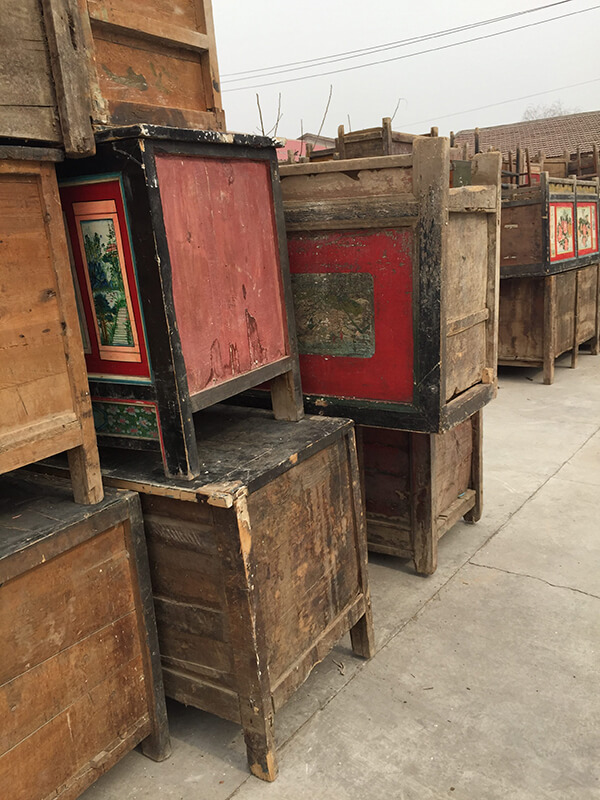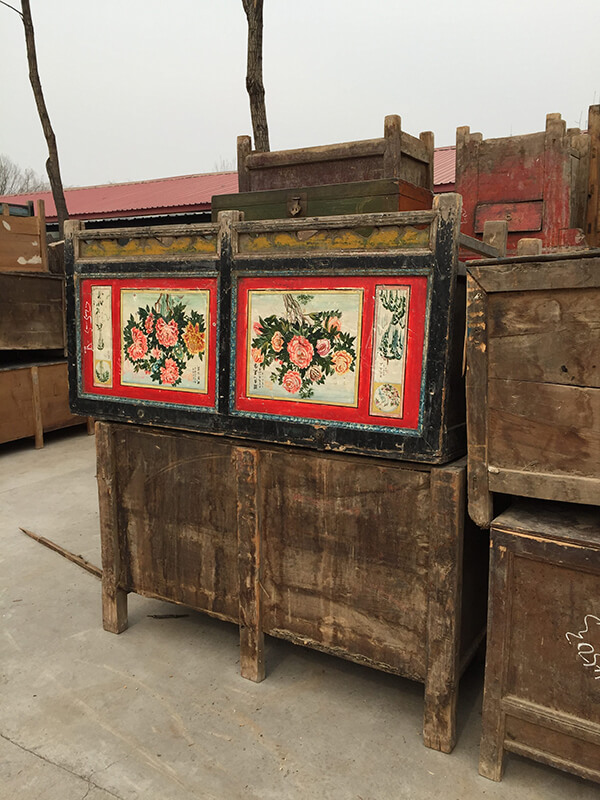History of
antique furniture
Chinese furniture, as we know it in our times, has its origin in the Ming dynasty (1350-1650). Most of the designs that have remained to this day are from this time.
The antique furniture that is currently imported is furniture that is less than 150 years old and therefore it is furniture belonging to the Quing dynasty (1650-1911), although as previously said its design dates back a long time.
The design of these pieces, although it is centenary, is still current and is the basis of many contemporary designs. There are centuries-old furniture with a design that is still current due to its sobriety and clean lines and others that are richly decorated with drawings that tell different stories, from idyllic family scenes or romances to terrible battles.
The decorations almost always maintain a style depending on their region of origin and the degree of complexity of the same depends on who their owners were, being the pieces used by the nobles the most decorated while those used by the humble people were much more sober. .
Although furniture has been made in all regions of China for thousands of years, the most emblematic for its furniture tradition are: Shanxi, Gansu, Beijing, Shandong, Mongolia, Hebei, Ningbo and Tibet.
The woods that were used in the elaboration of ancient Chinese furniture depend fundamentally on the region of origin of the same, the most common being Elm, Poplar, Cypress, Pine, Chestnut and even woods from some fruit trees.

Restoration process
All the furniture that Asitrade sells has been restored by artisans. The degree of restoration that is applied to the furniture depends on its state of conservation.
On many occasions, some furniture must be replaced with parts that are in poor condition, such as doors or drawers, but the frame is always original.
On other occasions, the drawing of the furniture is in such bad condition that in many pieces it is decided to make a new drawing or strip the entire furniture to leave it in exposed wood if it is of very good quality.
The degree of conservation, especially of the drawing, together with other factors such as age and the type of wood are the main factors that determine the value of a piece.













